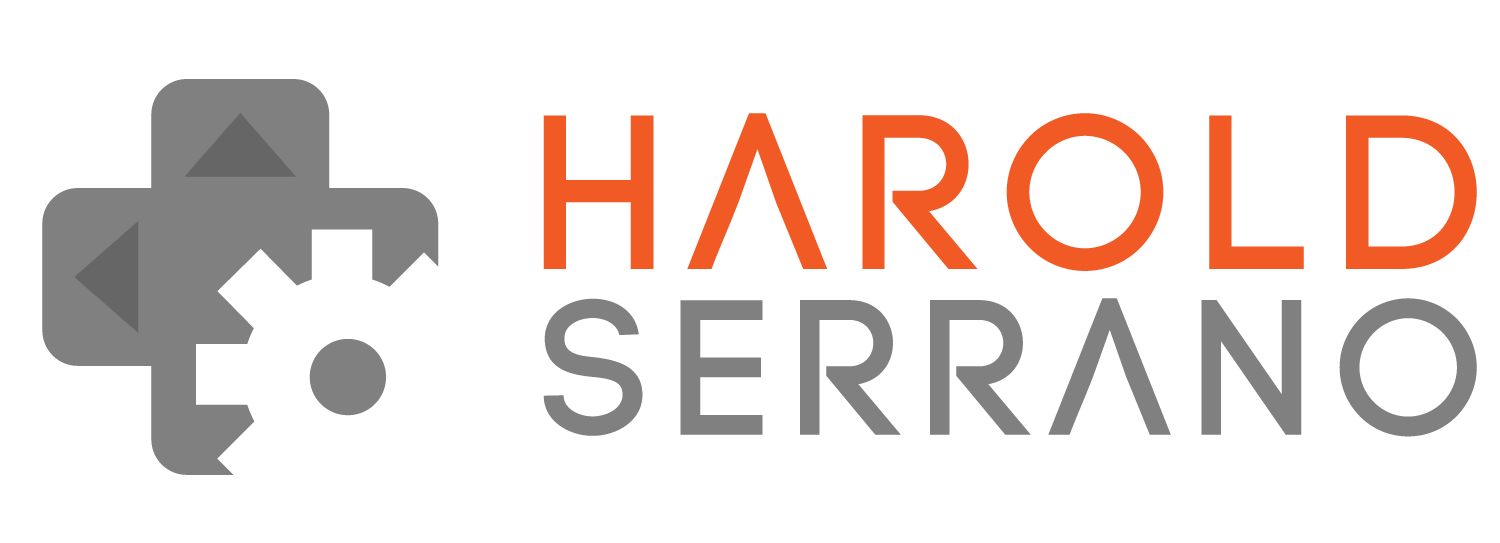For the past week, I have been working on a demo for the game engine. I have not written a single line of code. Instead, I have been modeling game characters and game environments for the demo.
Contrary to what you may believe, game engine development requires some artistic skills. As someone who has been doing this for the past three years, I can say that game engine development is 75% coding, 25% game asset modeling.
I learned this fact the hard way. In the beginning, I bought game characters and tried to render them with my primitive engine. It didn't go so well and spent hours trying to figure out the problem. Against my will, I was forced to learn 3D modeling tools such as Blender. As I learned 3D modeling techniques, Computer Graphics concepts started making sense. As a result, I was able to improve the engine and know its limitations.
There are plenty of 3D modeling tutorials, videos, etc., online. Unfortunately, their target audience is game-artist students. As an engineer, it was a bit hard to follow. The other issue that I encountered is that these tutorials don't focus on low-polygon characters. Instead, they focus on high-polygon characters which mobile devices can't handle. This is a problem since my game engine targets mobile devices.
Recently I found three amazing low-polygon modeling tutorials written by Karan Shah.
Karan teaches you, step by step, how to model a low-polygon character. (I'm currently using this modeling techniques in the second engine demo.)
Karan also shows you how to unwrap a character and add texture to it.
Finally, my favorite tutorial is where he shows you how to model a low-polygon game scene. I ended up using his techniques in the first engine demo.
I hope these tutorials helps you as much as they helped me.
I wish I had found these tutorials when I started developing the engine.











